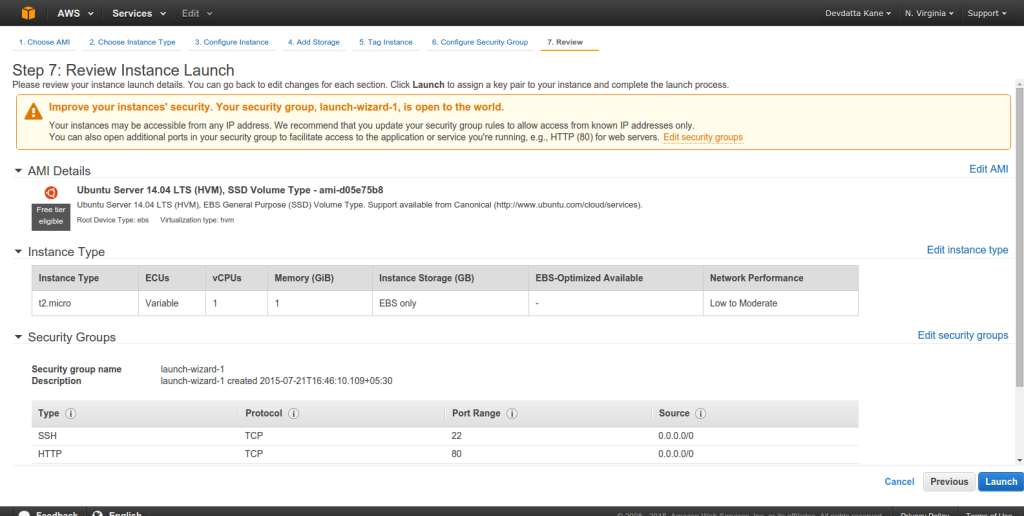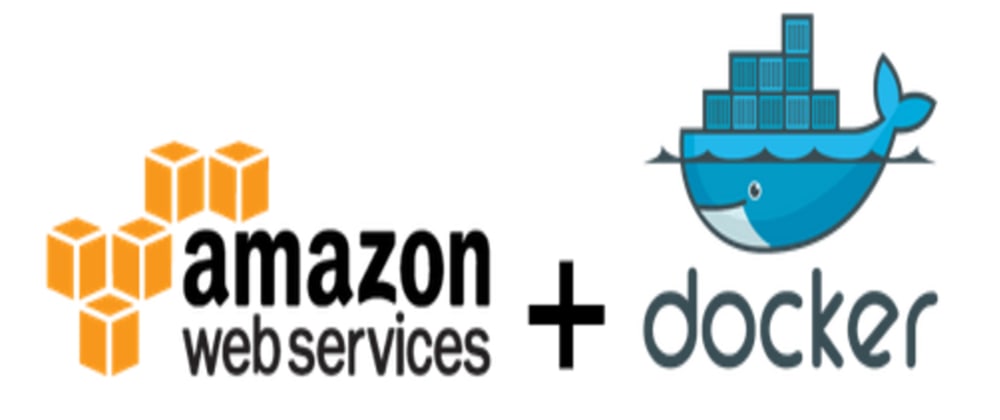

- DEPLOY RAILS POSTGRES APP TO AWS HOW TO
- DEPLOY RAILS POSTGRES APP TO AWS INSTALL
- DEPLOY RAILS POSTGRES APP TO AWS MANUAL

When it finishes, health will probably be “Severe”. I called mine discuss-with-production.įor load balancer type, choose application. You’ll be prompted for what to call your environment. The command to create an environment is eb create. I typically set up one production environment and one staging environment inside a single application. Now that we’ve created our Elastic Beanstalk application, we’ll need to create an Elastic Beanstalk environment inside of that application. elasticbeanstalk/config.yml that looks something like this: branch-defaults:ĭefault_platform: Ruby 2.6 (Passenger Standalone) When this command finishes running you’ll end up with a file called. Accept the defaults for all other options. When prompted, Select Create new Application. Now cd into the directory that contains your Rails project and run eb init.
DEPLOY RAILS POSTGRES APP TO AWS INSTALL
It can be installed with this command: $ brew update & brew install awsebcli Create the Elastic Beanstalk application Much of what we’ll be doing involves the Elastic Beanstalk CLI (command-line interface). Create the Elastic Beanstalk environment.Create the Elastic Beanstalk application.Here are the steps we’ll be carrying out in this tutorial. This post will of course only cover Elastic Beanstalk though. Options in this area include Ansible, Chef, Puppet, ECS, and probably a lot more. An infrastructure-as-code approachĪn infrastructure-as-code approach is probably the best long-term solution, although it currently also seems to be the most difficult and time-consuming to set up initially. So for a production project that grows over time, EB is perhaps a good place to start, but it should be expected that you might want to migrate to something more flexible sometime in the future. I discovered that EB boxed me in in a way that made Sidekiq setup very difficult.

I ran into this trouble myself on a project where I needed to set up Sidekiq. It’s also nice to know that if I somehow accidentally blow away one of my EC2 instances, EB will just automatically spin up a new identical one for me.Īnother drawback to EB is that I understand EB can be kind of overly rigid. The server configuration is expressed in files, and then that configuration can be applied to an indefinite number of servers.
DEPLOY RAILS POSTGRES APP TO AWS MANUAL
The big difference is that Heroku is generally really easy and Elastic Beanstalk is a giant pain in the ass.īut the upside is that EB provides more easily replicable and understandable server instances than a manual EC2 instance. The basic idea is the same in that both Elastic Beanstalk and Heroku are abstraction layers on top of AWS services. Elastic BeanstalkĮlastic Beanstalk is kind of analogous to Heroku. The downside to manual EC2 deployment is you end up with a snowflake server, a server with a one-of-a-kind configuration that’s hard to understand, modify, or replicate. This is the approach I go over in this AWS/Rails deployment post and it’s perfectly fine for hobby projects where the stakes are low. One option is to do things “the old fashioned way” and manually set up a Rails application on a single EC2 instance. I’ll briefly go over some of them because it’s good to understand the pros and cons of various approaches (at least to an extent) before choosing one. Each approach has different pros and cons. Using Elastic Beanstalk is just one of many (perhaps an infinite number of!) AWS deployment options.
DEPLOY RAILS POSTGRES APP TO AWS HOW TO
This tutorial will show you how to deploy a Rails application to AWS Elastic Beanstalk.


 0 kommentar(er)
0 kommentar(er)
